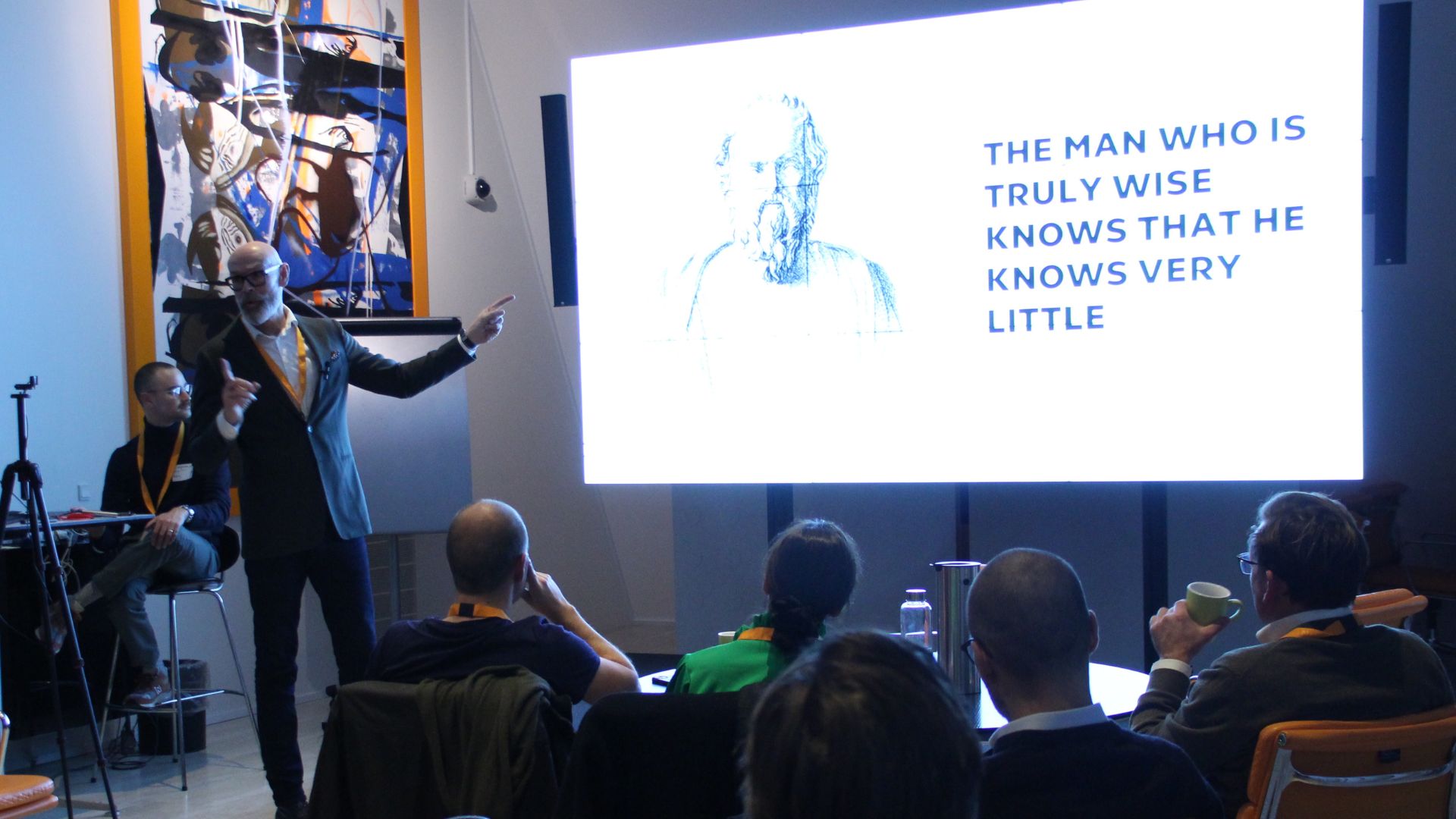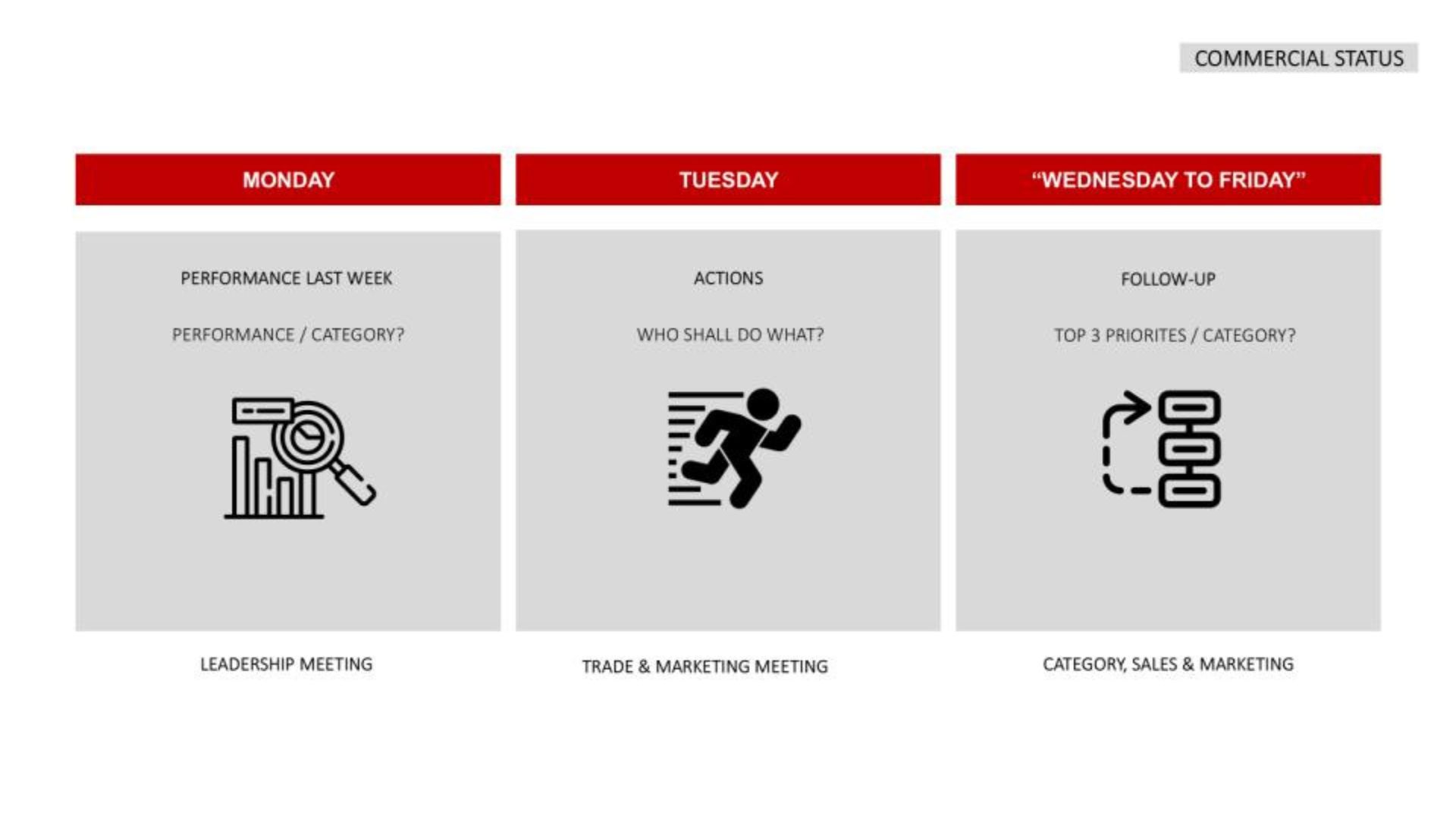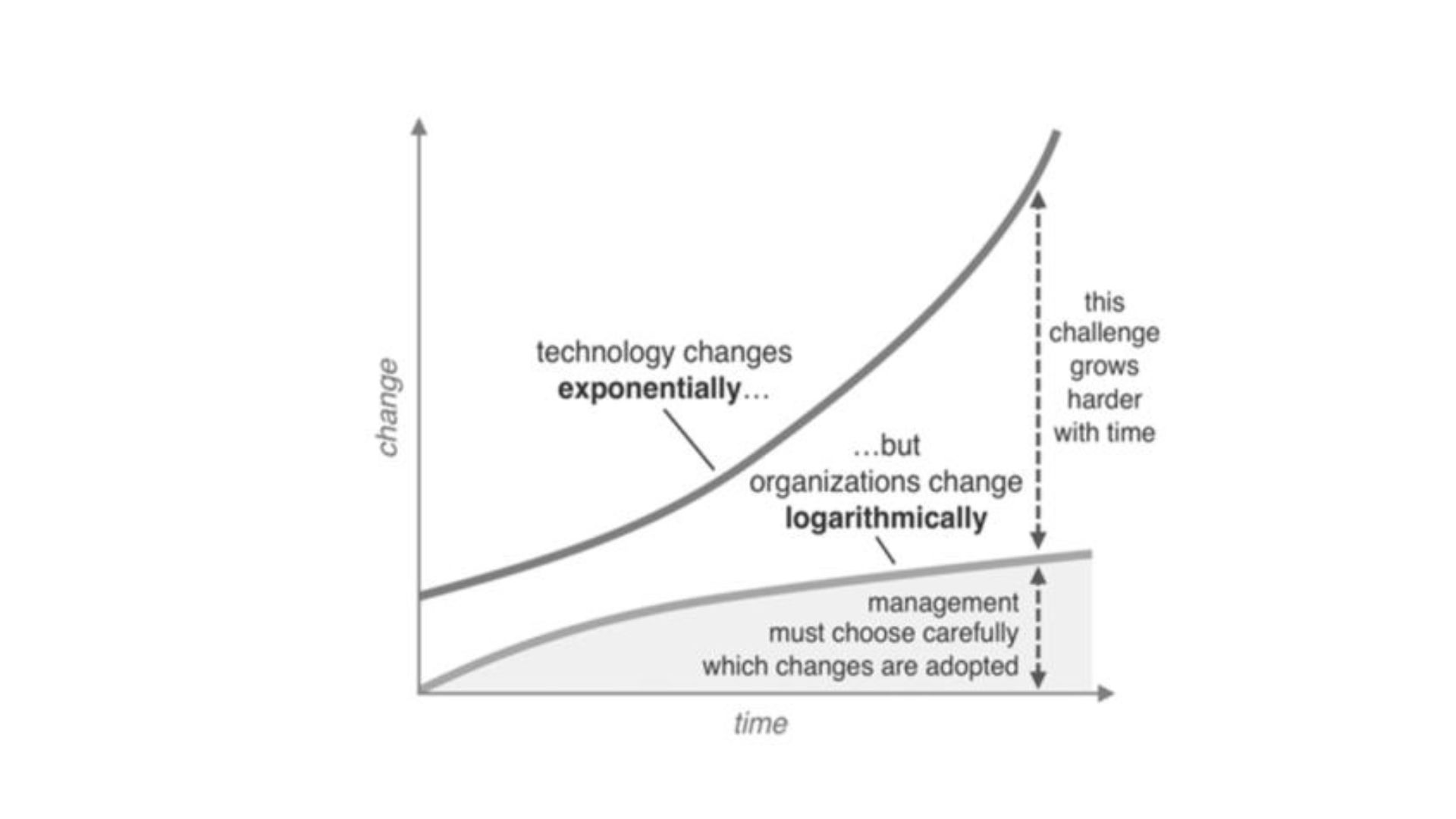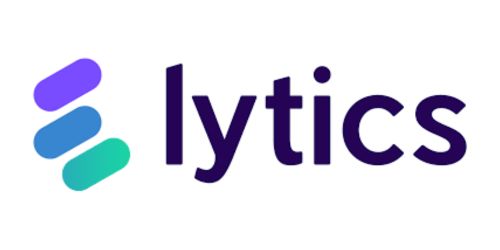Transforming Culture, Commerce, and Strategy Through Data: Lessons from coop.dk’s Coop’s Digital Evolution
BY PETER BORIS KREILGAARD FROM HIS KEYNOTE AT THE MARTECH MASTERMINDS OCT 2024
When I joined coop.dk 10 years ago, I was a Marketing Manager with a team of two and a relatively simple mandate: grow the business. Like many, I assumed I understood the importance of data. But I didn’t grasp the true value it holds—not just as a tool for improving marketing efficiency, but as a catalyst for organizational transformation.
Today, I lead coop.dk e-commerce division, a team of 100 people driving significant growth and innovation. This journey was not defined by technology alone but by a fundamental shift in how we use data to shape culture, operations, and strategy. Here’s how we made that transformation happen—and the lessons others can take from it.

Lesson 1: Data Isn’t Just Data—It’s the Pathway to Wisdom
At its core, data is a collection of numbers and metrics. But its real power lies in what it becomes:
- Information: The patterns that emerge from raw data.
- Knowledge: The insights gained when we understand those patterns.
- Wisdom: The ability to act decisively, using knowledge to illuminate the path forward.
Most organizations stagnate between data and information. They collect, analyze, and store data but fail to harness its full potential. To succeed, you must move beyond data collection to make wisdom your competitive advantage.
Lesson 2: Building a Data-Driven Organization Requires Cultural Transformation
When I joined coop.dk, decisions were to a large extent driven by “gut feeling.” Marketing campaigns were duplicated from past years, external factors were blamed for missed quotas, and pricing was set without proper use of data.
This mindset had to change. Data needed to take center stage, not just in marketing but across the entire organization. To achieve this, we:
- Centralized Data Ownership: Marketing became the custodian of data, responsible for integrating insights into all commercial activities.
- Redefined Meetings: We replaced static sales reports with dynamic, data-driven discussions. Every Monday, our leadership team met to review integrated data dashboards—combining Adobe, Google Analytics, and other tools—to identify three key challenges.
- Created Accountability: Challenges were assigned to specific individuals, with a 24-hour turnaround to present solutions.
This approach transformed how we worked. For example, instead of vague opinions about why sales underperformed, we used data to pinpoint specific issues, such as pricing mismatches or poorly performing products, and took immediate corrective actions.

Lesson 3: Embrace Proactive, Not Reactive, Decision-Making
One of our most significant shifts was in assortment planning. Previously, we waited for suppliers to dictate product offerings. This reactive approach left us vulnerable to market changes and competitor advantages.
Using tools like Pricerunner and search trend analysis, we conducted gap analyses to identify missing products in our assortment. For instance, we discovered that the top-selling coffee machines online were absent from our inventory. This insight allowed us to proactively negotiate with suppliers and expand our assortment, driving a 10% increase in turnover.
By empowering our teams with actionable data, we shifted from reacting to market trends to actively shaping them.
Lesson 4: Technology Is a Tool, Not a Silver Bullet
When we began our transformation, our technology stack was outdated and fragmented. Over the years, we invested heavily in Martech and Adtech, building a robust infrastructure to support our ambitions.
But technology alone isn’t enough. Success requires:
- Strategic Selection: With thousands of tools available, choosing the right ones demands expertise and alignment with organizational needs.
- Organizational Alignment: Technology must integrate seamlessly into workflows, supported by training and adoption strategies.
Ultimately, the greatest challenge wasn’t the technology itself but ensuring our people could use it effectively. Leaders must balance technological investment with human development to unlock the full potential of their tools.

Lesson 5: Prepare for the Tsunami of Data
The pace of technological advancement is breathtaking. McKinsey predicts that by 2030, data ubiquity will embed insights into every system, process, and decision point. Meanwhile, AI and machine learning are evolving at warp speed, presenting both opportunities and challenges.
While these developments promise unprecedented efficiency, they also highlight a critical gap: the ability of humans to absorb and act on this influx of data. Leaders must prepare their organizations to manage this complexity, balancing automation with human oversight and intuition.
Looking Ahead: Data as a Competitive Differentiator
Reflecting on the past decade, I see data as more than a tool—it’s a cornerstone of competitive strategy. Organizations that effectively harness data, supported by AI and other technologies, will lead their industries. Those that fail to adapt will face rapid decline.
As I’ve learned, data can do more than optimize marketing campaigns. It can reshape your organization, redefine your culture, and unlock new levels of growth. The question isn’t whether to invest in data but how to integrate it into every aspect of your business.
The future belongs to those who embrace this challenge. Will your organization be one of them?

Peter Boris Kreilgaard
Brand Leadership CommunityThe article was from Peter Boris Kreilgaard’s keynote talk at the Martech Masterminds event, hosted at Saxo Bank. Peter Boris Krielgaard’s journey at coop.dk exemplifies how data-driven decision-making, combined with cultural transformation, can redefine a business’s trajectory.



